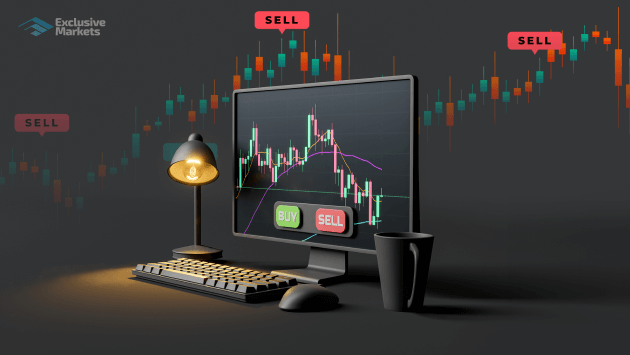What is Forex Risk Management?

Learn More About Forex Risk Management
Forex risk management refers to the strategies and techniques used by traders to minimize financial losses while trading currency pairs. The forex market is highly volatile, and without proper risk management, traders can face significant losses.
Why is Risk Management Important?
- Protects your trading capital from unexpected market movements
- Helps maintain consistent profits over time
- Reduces emotional stress while trading
- Prevents complete account wipeout
Key Forex Risks Traders Face
- Market Risk – The risk of price fluctuations due to economic events, geopolitical factors, and market sentiment.
- Leverage Risk – High leverage can amplify both gains and losses, increasing risk exposure.
- Interest Rate Risk – Changes in interest rates can affect currency value and impact trades.
- Liquidity Risk – Some currency pairs may have lower liquidity, leading to slippage and wider spreads.
- Operational Risk – Technical issues, broker failures, or human errors can disrupt trading.
Top Forex Risk Management Strategies
1. Set Stop-Loss and Take-Profit Orders
- Stop-loss orders automatically close a trade at a predefined price to limit losses.
- Take-profit orders secure profits by closing trades at a target price.
2. Use Proper Position Sizing
- Never risk more than 1-2% of your total trading capital on a single trade.
- Adjust position size based on volatility and risk tolerance.
3. Diversify Your Trades
- Avoid putting all funds into a single currency pair.
- Trade multiple pairs to spread risk and balance potential losses.
4. Manage Leverage Wisely
- Use conservative leverage (e.g., 1:10 or 1:20) instead of extreme levels (e.g., 1:500).
- Ensure you understand margin requirements before trading.
5. Monitor Market News & Economic Events
- Stay updated on financial news, economic calendars, and central bank decisions.
- Be cautious when trading around high-impact events like NFP, CPI reports, and interest rate decisions.
6. Keep Emotions in Check
- Avoid revenge trading after a loss.
- Stick to your trading plan and risk management strategy.
7. Use a Risk-Reward Ratio
- Aim for at least a 1:2 risk-to-reward ratio, meaning you seek double the profit compared to the risk.
- A well-planned ratio ensures that even if you lose trades, profitable ones can cover losses.
Best Tools for Forex Risk Management
- Forex Calculators (Position sizing, pip value, margin calculator)
- Trading Journals (Track performance and refine strategies)
- Volatility Indicators (ATR, Bollinger Bands)
- Risk Management Apps (Auto Risk Management tools provided by brokers)
Final Thoughts on Forex Risk Management
Successful forex trading isn’t just about making profits; it’s about protecting your capital and minimizing risks. By implementing a solid risk management strategy, you increase your chances of long-term success in the forex market.
Want to trade safely with a trusted broker? Sign Up with IC Markets Here





